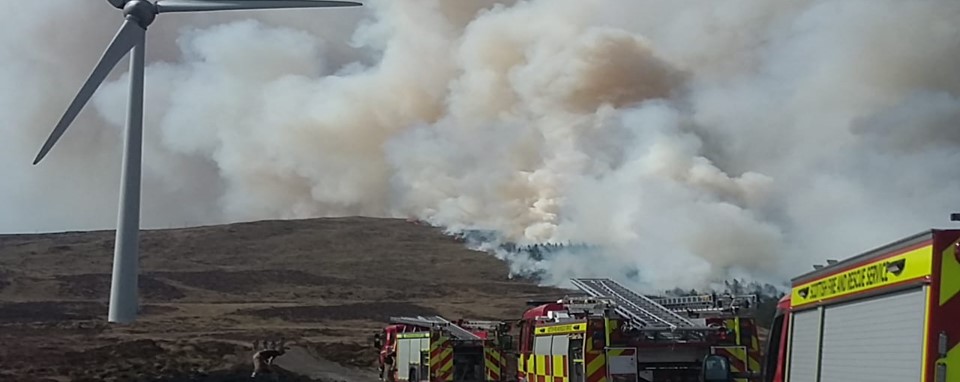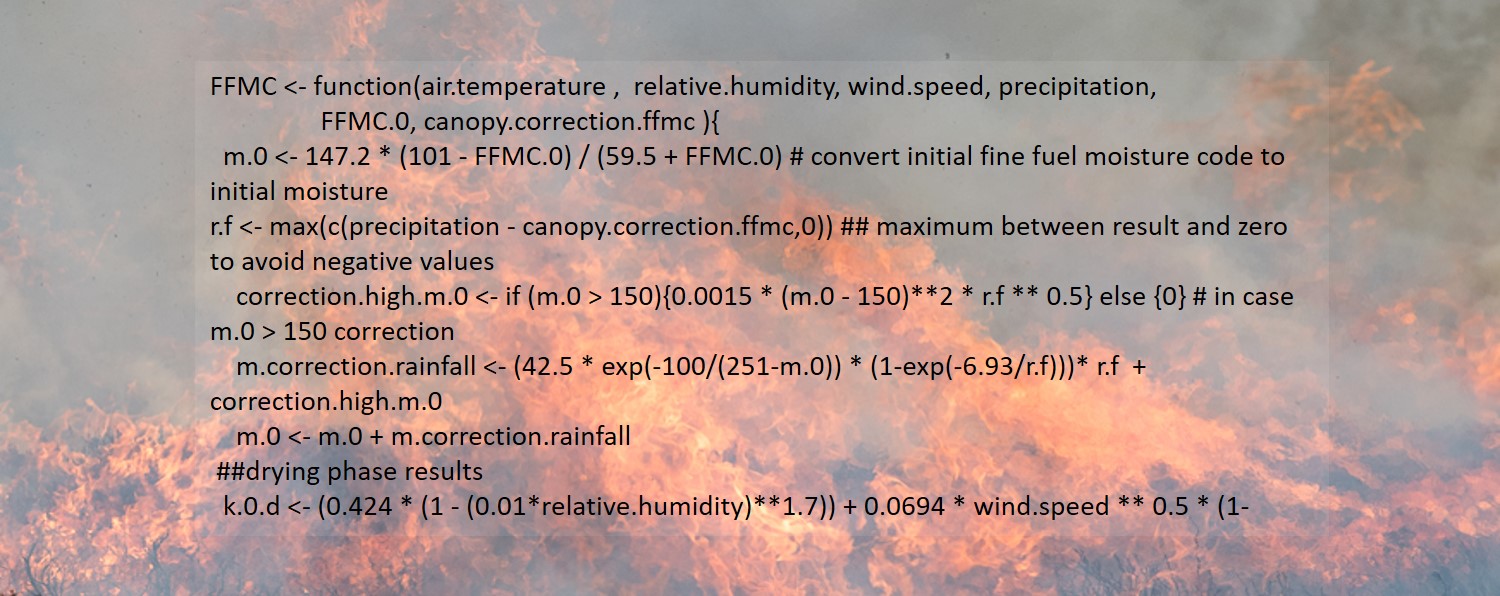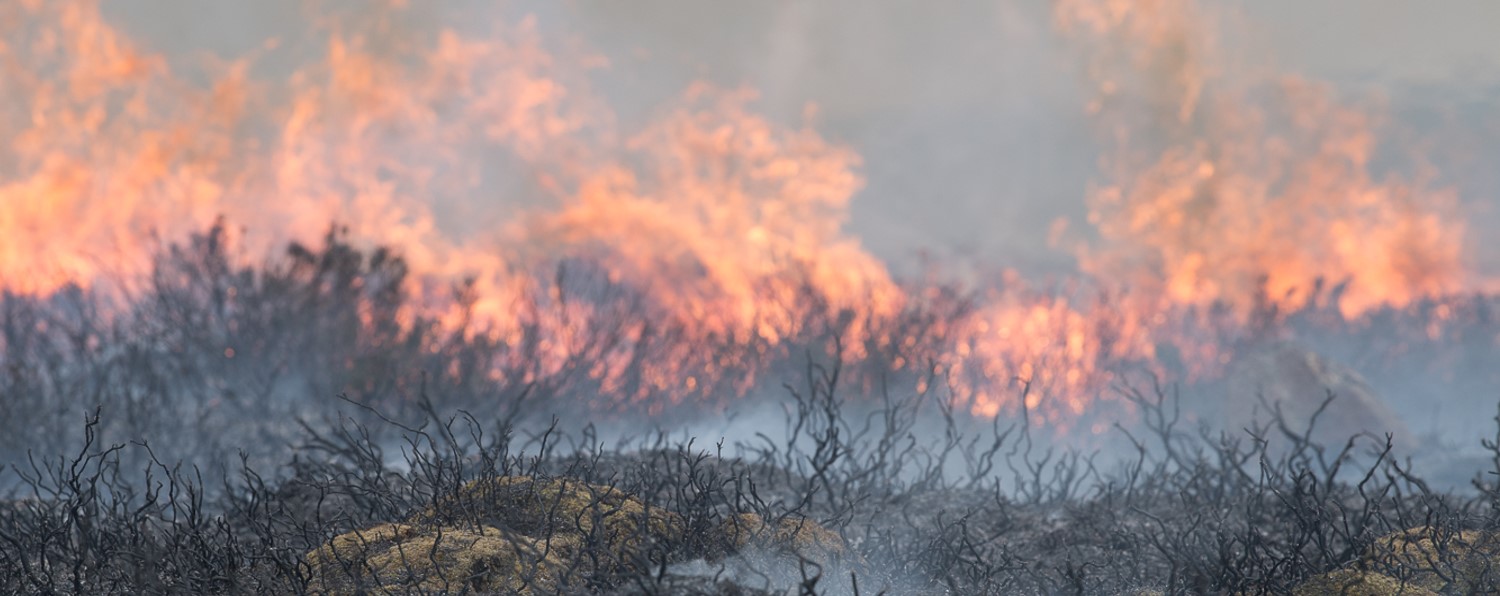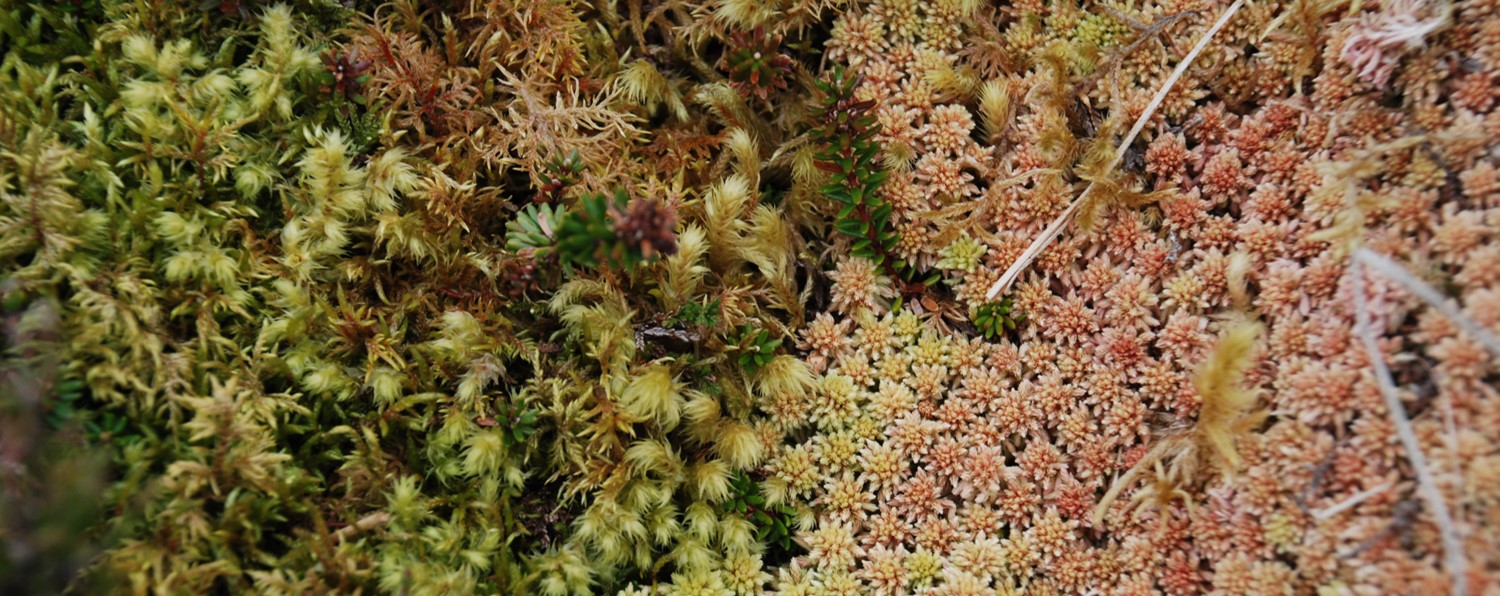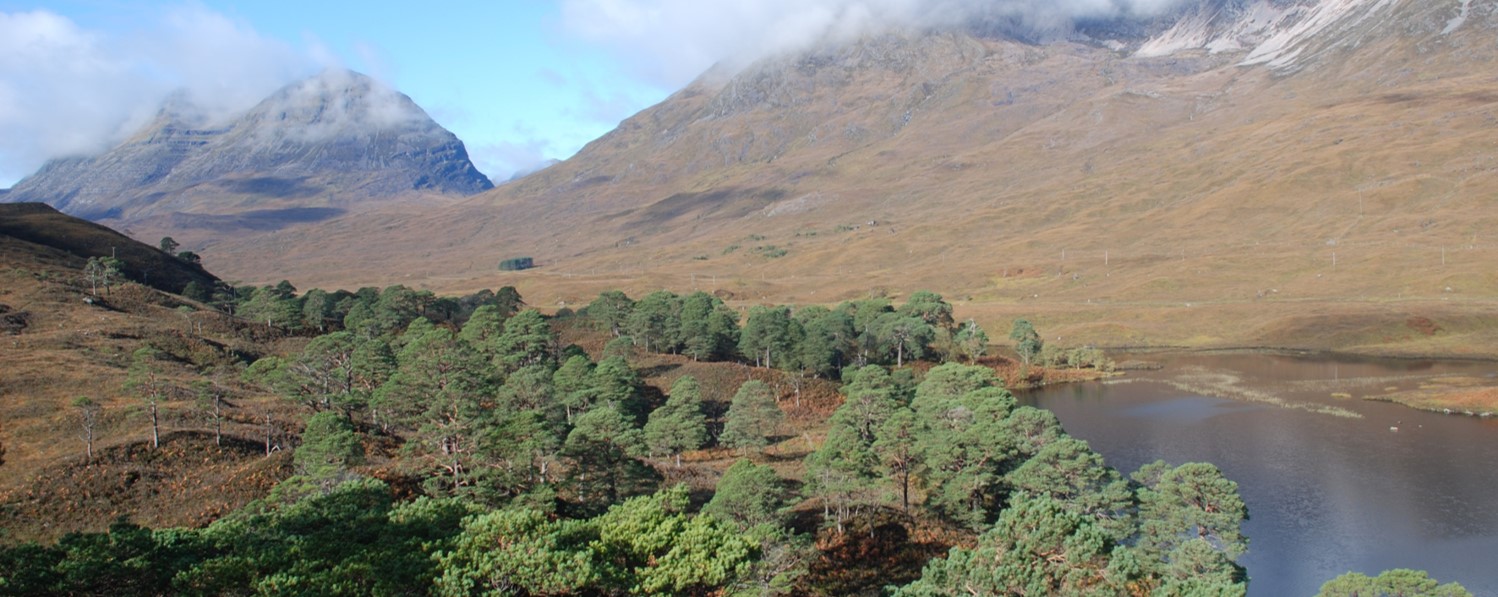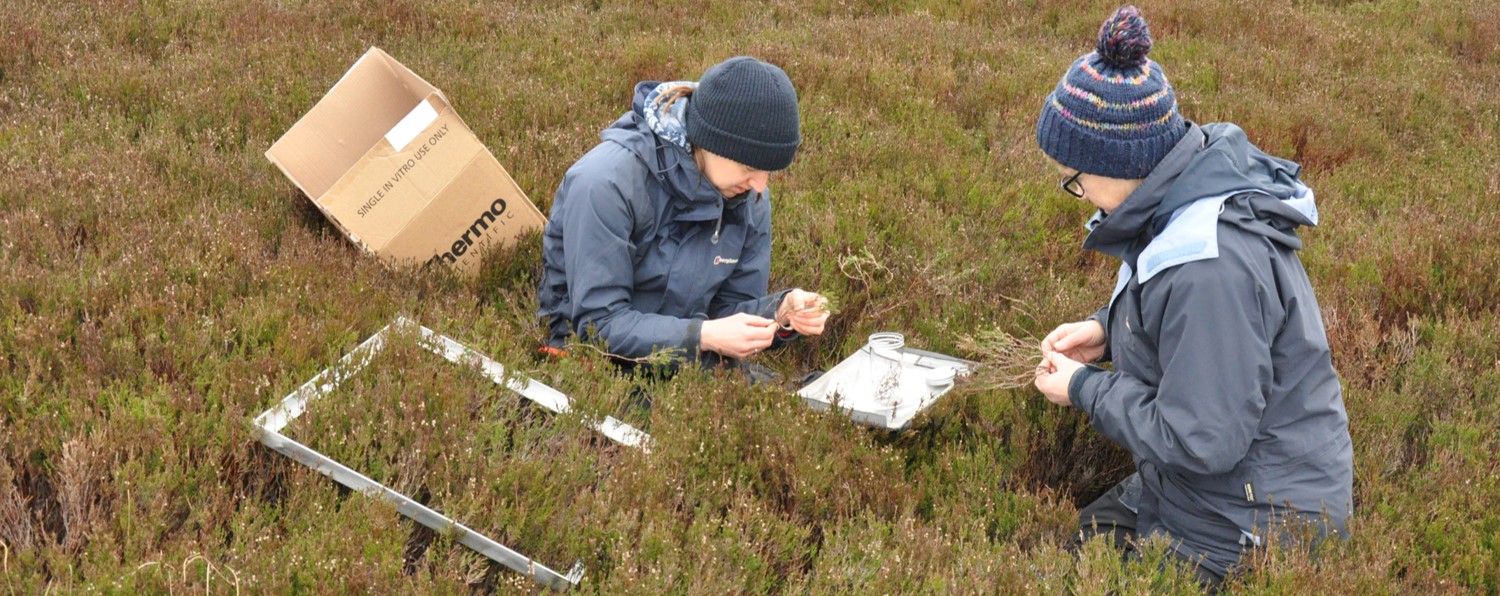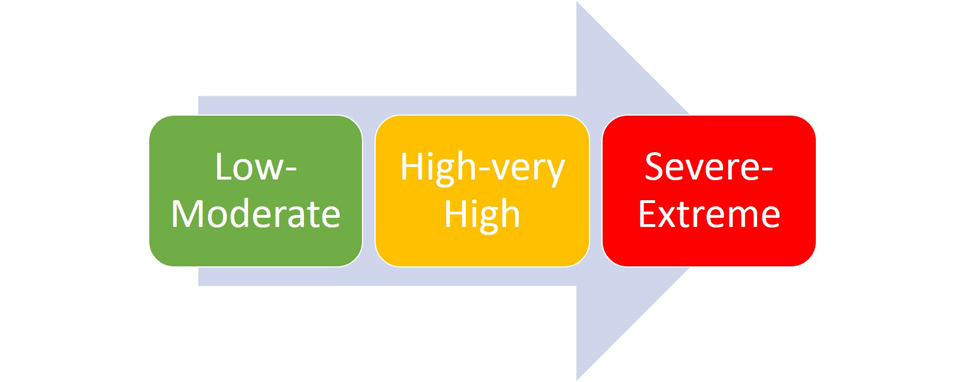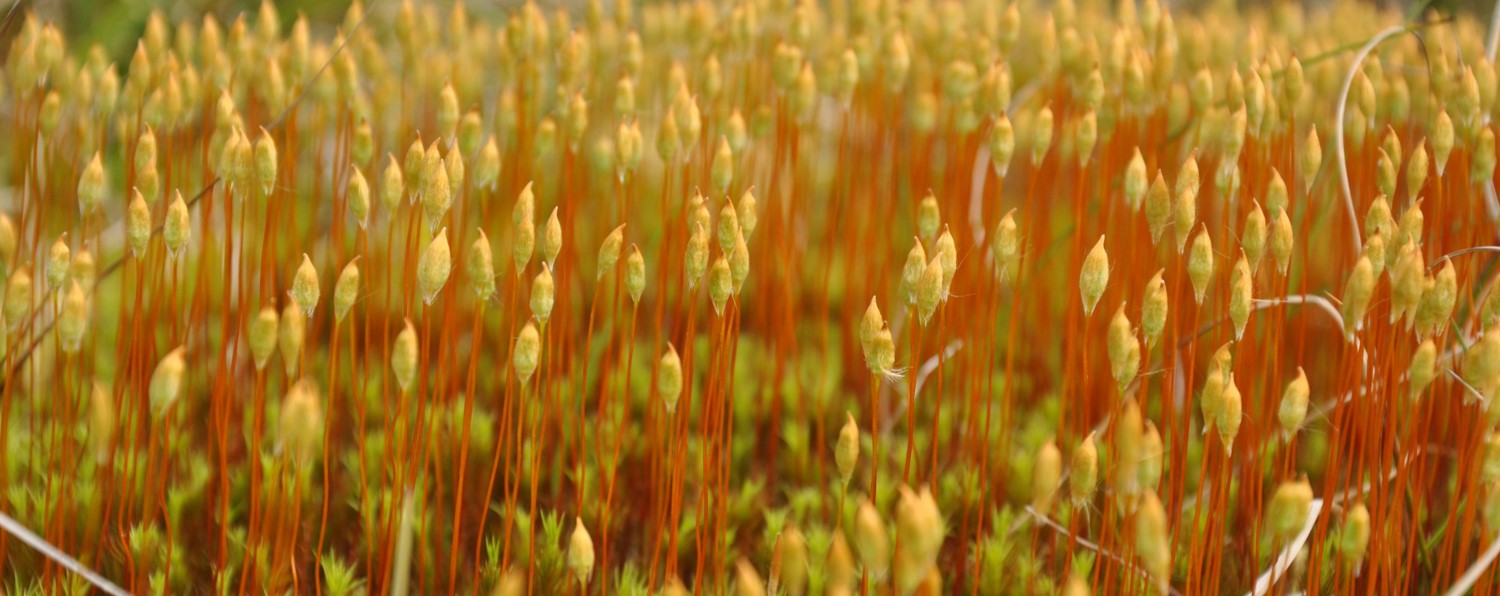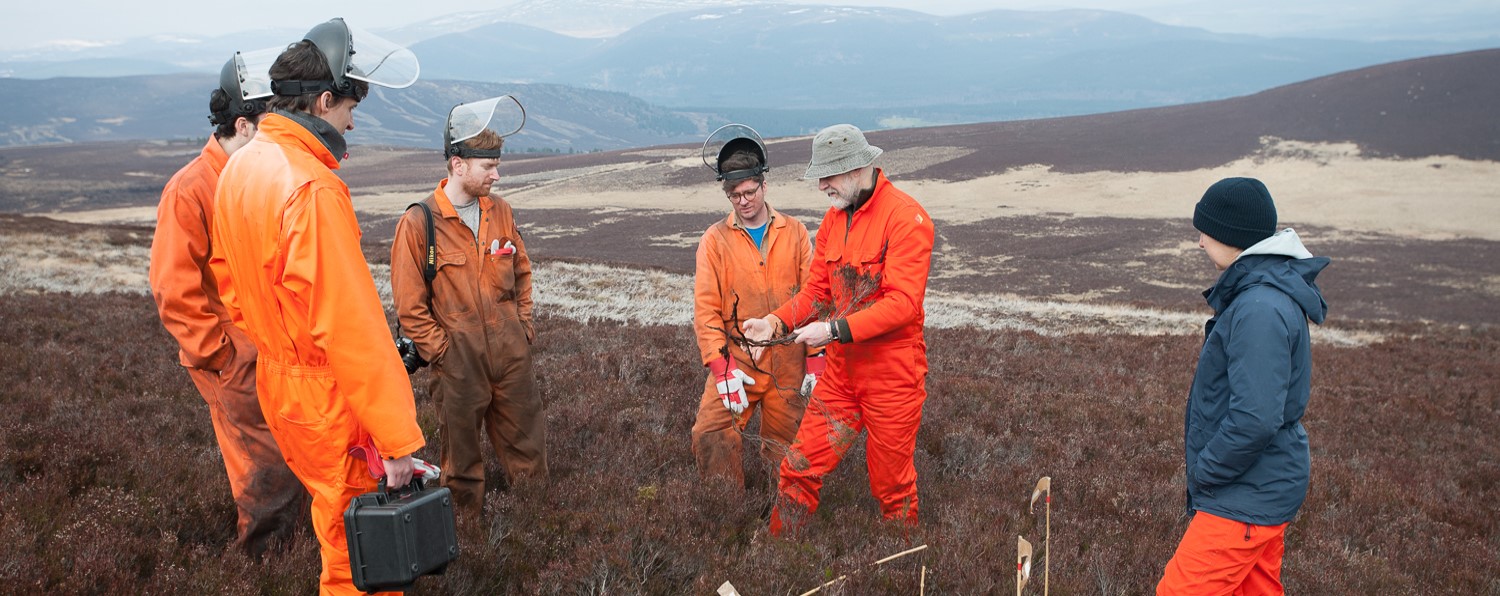

The James Hutton Institute is the UK’s largest environmental research institute, with >600 staff and 150 PhD students, formed in 2011 from the Macaulay Land Use Research Institute and the Scottish Crop Research Institute. The James Hutton Institute encompasses distinctive integrated strengths in land, crop, water, environmental and socio-economic sciences, structured in a way that allows disciplines to interconnect to deliver knowledge, products and services that improve the quality of life. By operating in partnership with people, organisations and governments, The James Hutton Institute’s work enhances sustainable development delivering practical solutions for our shared future and influencing the agenda for land use and development. The James Hutton Institute undertakes interdisciplinary research for customers worldwide including the Scottish and UK Governments, the EU and others. The James Hutton Institute with its predecessors has a history of successful project management supported by administrative and financial infrastructures.

